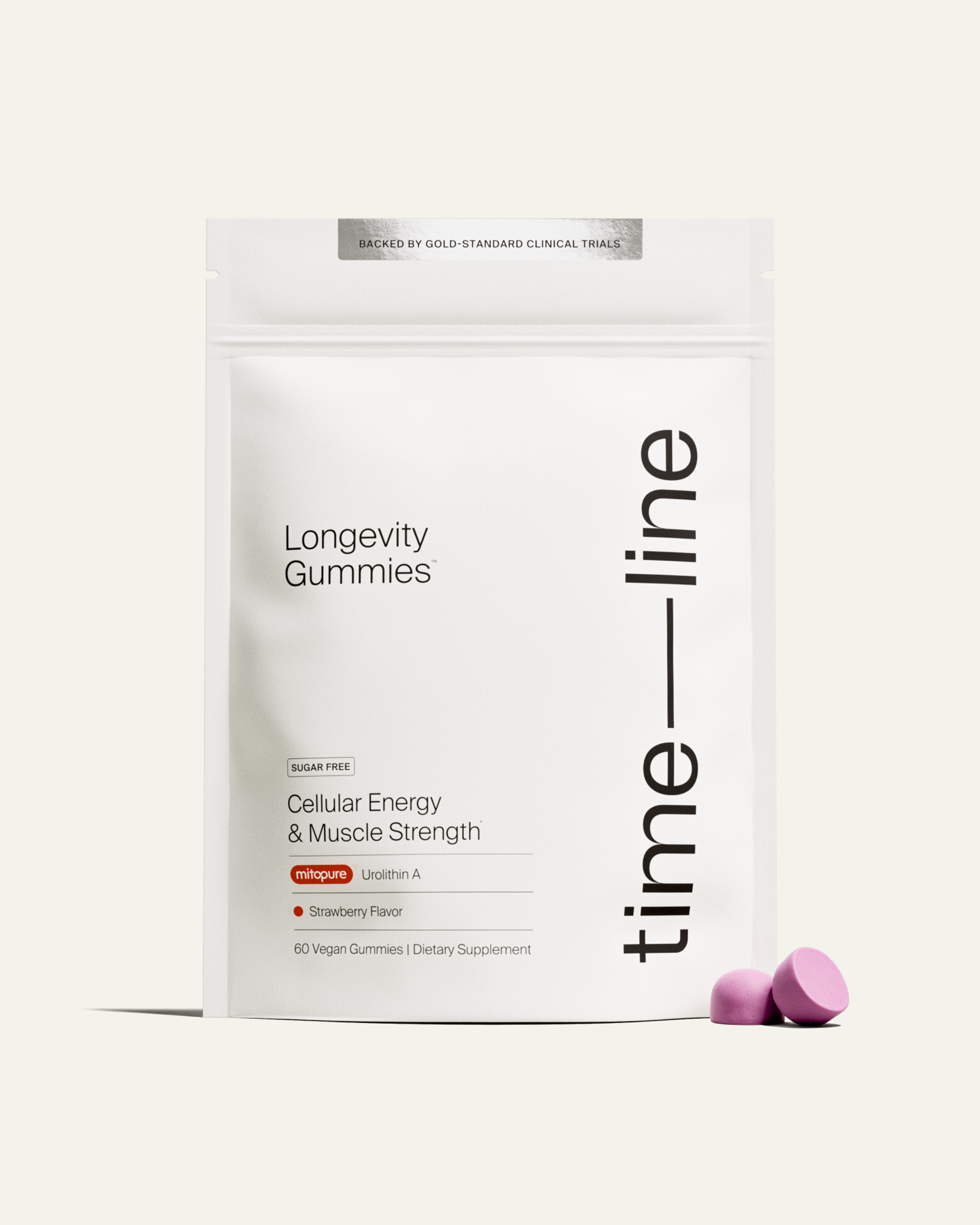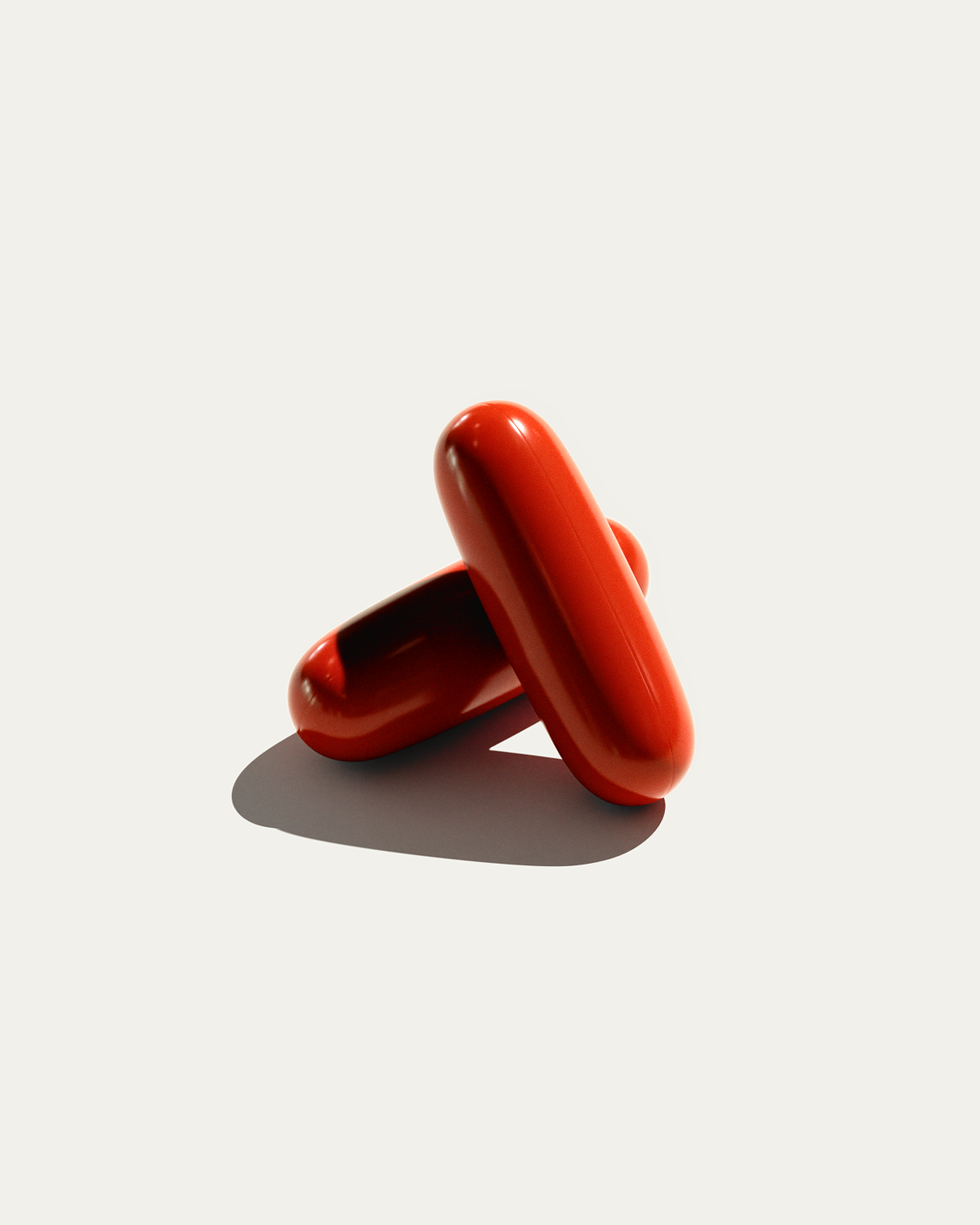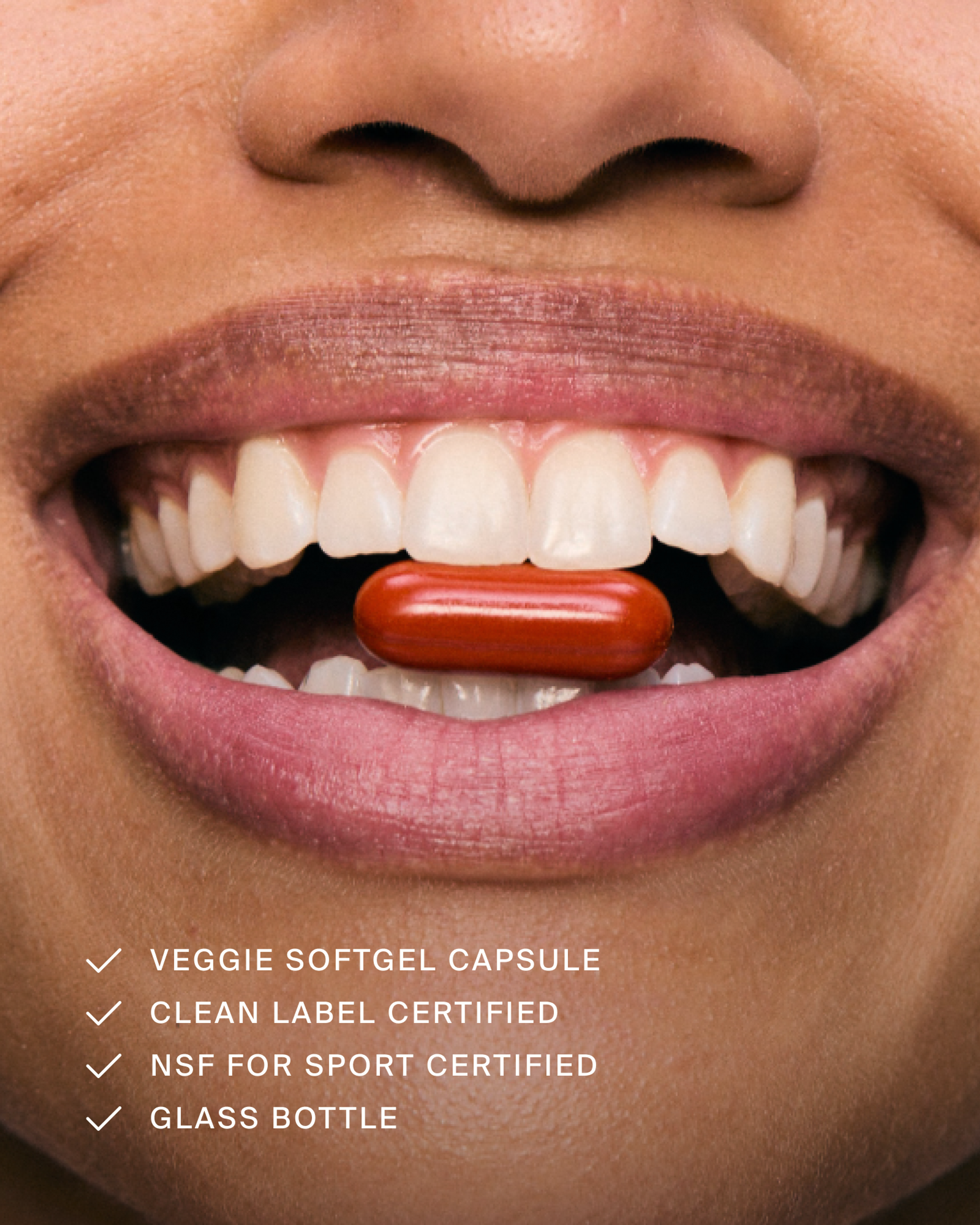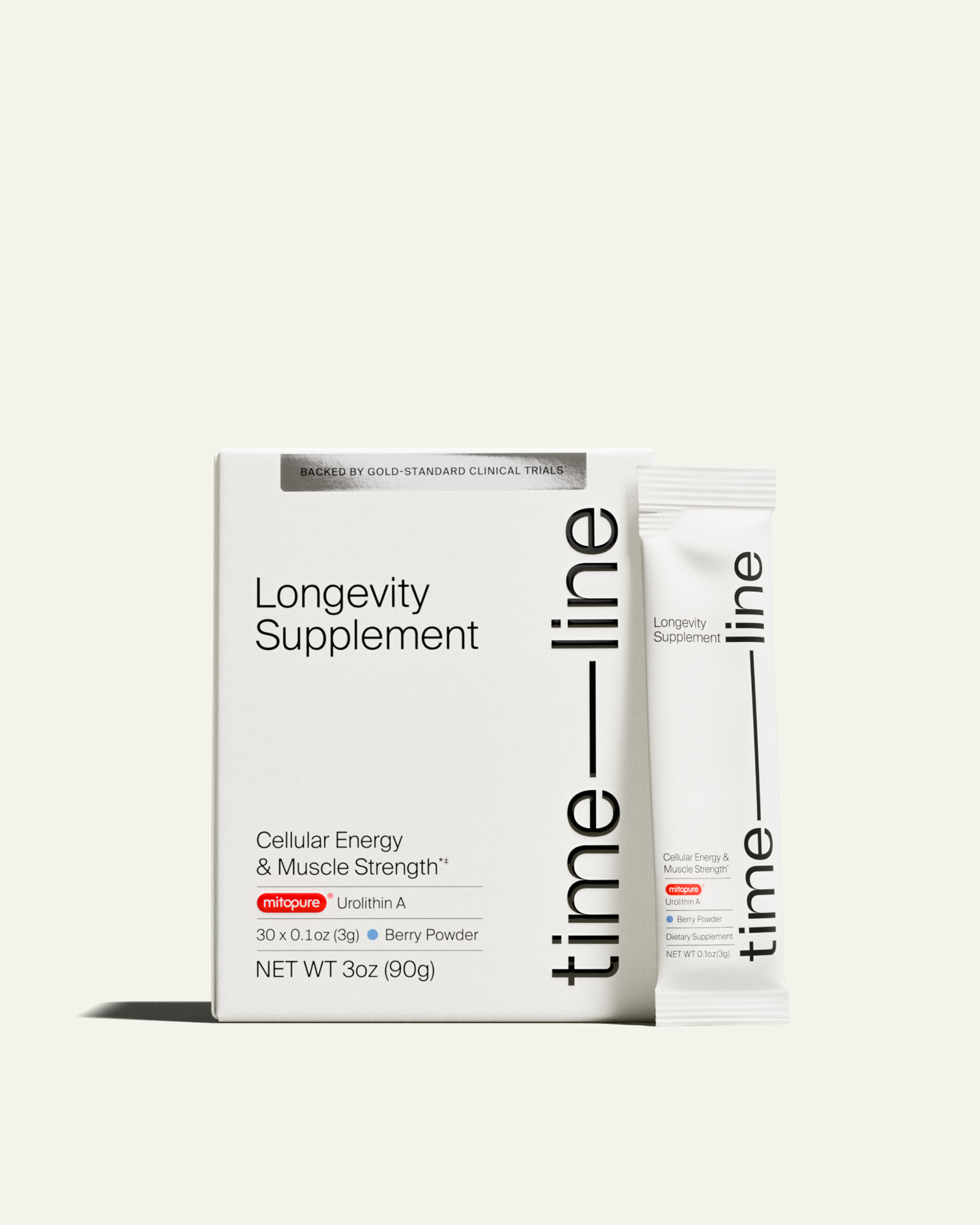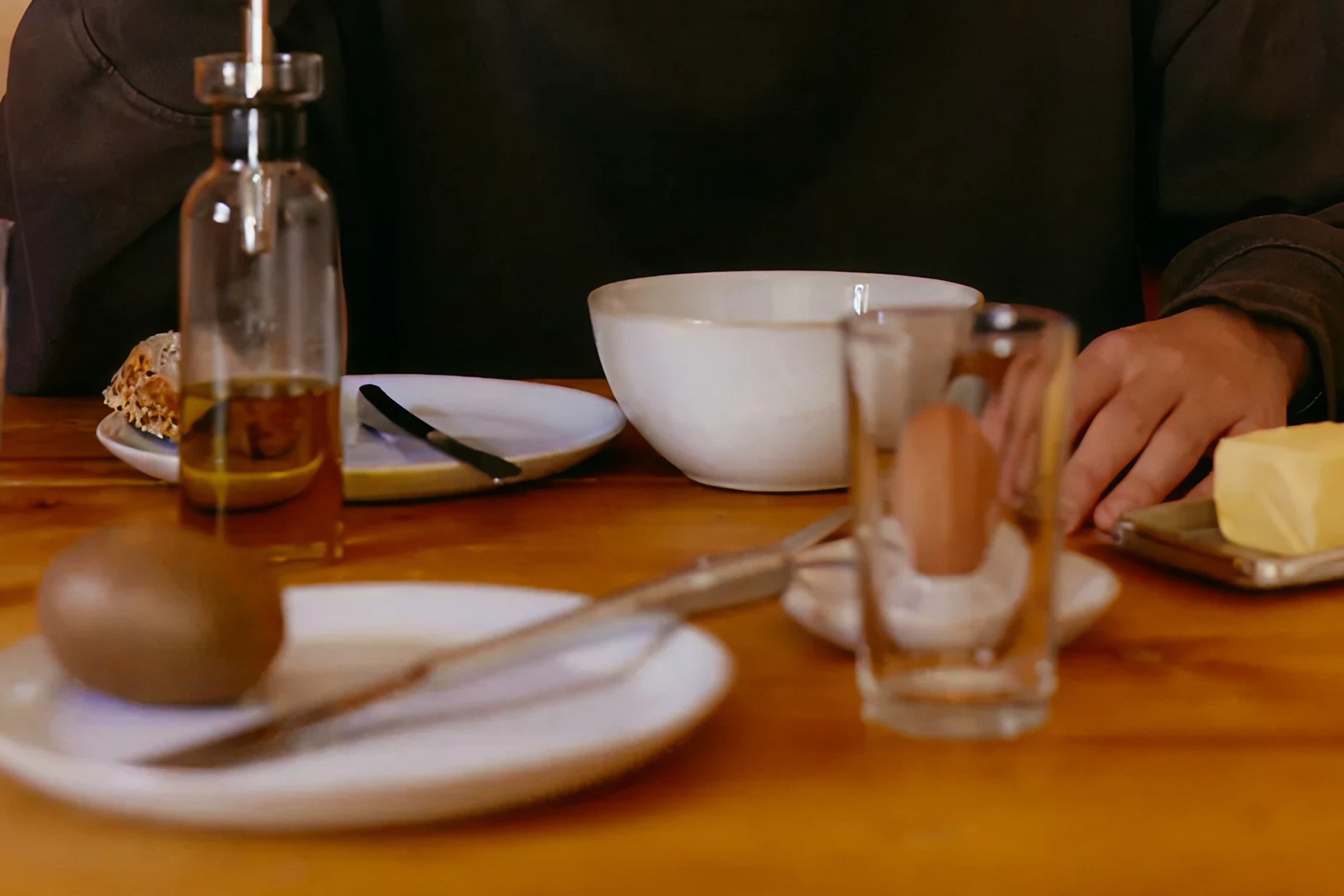How to Beat the Winter Blues: Causes and Simple Fixes
Shorter and darker days in the winter can leave you feeling unmotivated and lethargic. Learn how to beat the winter blues with simple habits.

What to know
The winter blues can occur with shorter, darker days and may result in lower energy, fatigue, and a craving for comfort foods.
The winter blues cause mild, temporary dips in mood and motivation, while Seasonal Affective Disorder (SAD) is a clinical form of depression that warrants professional support.
Daily habits to beat the winter blues include soaking up the sun, a nourishing diet, adequate hydration, socialization, and more.
As the days grow shorter, darker, and colder in many parts of the world, it’s not uncommon to notice a dip in mood or energy. The lack of sunlight, chilly weather, and fewer opportunities to be outside can leave you feeling sluggish, less motivated, and craving comfort foods. These seasonal shifts often bring on what experts refer to as the winter blues.
It’s important to note that the winter blues are not the same as Seasonal Affective Disorder (SAD), a clinical form of depression that follows a seasonal pattern. While SAD can greatly interfere with daily life and often requires professional treatment, the winter blues tend to be milder and more temporary.
In this article, we’ll cover the major signs of the winter blues, how it differs from SAD, and most importantly, share simple, evidence-based tips to stay energized during shorter and darker days.
What Causes the Winter Blues?
The winter blues often develop as daily routines shift during the colder, darker days of fall and winter. Shorter days mean less sunlight exposure, which can lower serotonin levels and throw off circadian rhythms that regulate[1] energy and mood. Without that daily light boost, you may also miss out on the fresh air and associated outdoor movement that naturally support mental well-being.
In addition, colder weather and busy holiday schedules can reduce physical activity and limit social interactions. Spending more time indoors, exercising less, and having fewer opportunities for connection can leave people feeling down, isolated, or unmotivated.
While these lifestyle changes don’t usually cause clinical depression, they can contribute to the mild, temporary dip in mood we call the winter blues.
And while it can be tempting to curl up and become a couch potato, this is only a temporary solution and won’t address the root cause.
Winter Blues vs. Seasonal Affective Disorder (SAD)
The biggest difference between the two is that the winter blues are a more temporary feeling of sadness or negative mood, while SAD symptoms are more persistent and impactful in daily life.
Winter Blues
Winter Blues are a temporary shift in your mood that occurs during the colder, darker months. While they can get in the way of your daily life at times, the effects are generally mild and don’t significantly interfere.
Signs of the winter blues:
- Feeling a bit down or less motivated
- Mild fatigue or sluggishness
- Sleeping a little more
- Craving comfort foods, especially carbs
- Symptoms lift quickly once brighter/longer days resume
Seasonal Affective Disorder
Seasonal Affective Disorder (SAD) is a form of clinical depression that follows a seasonal pattern, mostly occurring in the fall and winter. [2]It involves feelings of sadness, low energy levels, and a lack of enjoyment in daily life.
Signs of SAD:
- Persistent sadness or low mood
- Loss of interest in usual activities
- Major changes in sleep (too much or too little)
- Significant fatigue or loss of energy
- Difficulty concentrating
- Feelings of hopelessness, worthlessness, or guilt
- Symptoms interfere with daily functioning

Major Differences: Winter Blues vs. SAD
- Winter blues is not a clinical diagnosis
- SAD may be tied to a specific event, such as the loss of a loved one
- SAD requires treatment and contact with a mental health professional
- Winter blues may be able to be managed on your own
- Winter blues cause slight dips in mood, but SAD significantly disrupts work, relationships, and daily life.
While seasonal affective disorder requires professional treatment, you can beat the winter blues with simple daily habits.
How to Beat The Winter Blues
These small, consistent daily habits can help you beat the winter blues naturally.

Go Outside and Soak in the Light
Natural light, especially in the morning, helps regulate your circadian rhythm and boosts mood by influencing serotonin and melatonin levels.[3] Further, even short exposures to nature have been associated with a reduction in depression.[4]
Enjoy even more mood-boosting benefits when combining some sunlight with outdoor exercise⸺a double whammy for a positive frame of mind.
Stay Hydrated
Dehydration can worsen fatigue, headaches, and make you feel more lethargic, which can make mild depressive symptoms feel more intense. [5]Being short on fluids is also linked to hormonal imbalances, brain fog, and sleep issues, which can further compound the winter blues.
It’s easy to get dehydrated in the colder months when you may not feel as thirsty, so it’s important to make drinking water a regular habit regardless of your level of thirst.
Eat Nourishing Foods
Prioritizing nutrient-dense foods can provide essential vitamins and minerals that support brain function and mood. Deficiencies in essential nutrients, such as protein, B vitamins, vitamin D, magnesium, and zinc, have been linked to an increased risk of depressive symptoms.[6]
Warm up your cold-weather routine with hearty meals rich in these nutrients, like oatmeal topped with nuts and seeds, bean or lentil soups, and protein-packed garlic-roasted salmon.
Get Cozy
One of the best parts of winter is the coziness it brings. Comforting surroundings, such as warm lighting, soft textures, and pleasant seasonal scents like pumpkin or cinnamon, can help reduce stress and create a sense of well-being.
In addition, winding down at night with a cup of chamomile tea, your favorite blanket, and a good book can help boost mood and promote restful sleep.[7]

Exercise
Exercise stimulates the release of endorphins and other “feel-good” neurotransmitters, helps reduce stress, and often improves sleep quality. Regular exercise is shown to alleviate symptoms of seasonal mood changes.[8]
Remain Social
It’s easy to hide out in the winter and say no to social events, but maintaining close relationships and regular outings provides emotional support and helps combat isolation.[9] Cultures that are the most socially engaged, like the Blue Zones of the world, tend to be the happiest, no matter what time of year.
And keep in mind, it doesn’t have to be a large gathering to have a positive effect. If you want to stay social but are concerned about getting sick from being around too many people, consider scheduling monthly coffee dates or potluck dinners with a few close friends to maintain frequent connections.
Sync Your Sleep
Research shows people with winter-pattern SAD may produce too much melatonin (leading to oversleeping), contributing to mood changes and fatigue. [10]So it’s not just about getting enough sleep; getting too much sleep can actually be detrimental too.
Maintaining regular bedtime and wake times helps regulate circadian rhythms, which can be disrupted in the darker months. This may mean being disciplined with the TV or phone at night, and implementing a cutoff time to wind yourself down for bed. One episode may be fine, but five or six will throw off your routine and have a domino effect the next day.
Consider Targeted Supplements
Supporting your cellular health can help you feel your best from the inside out. Mitopure, a clinically tested form of Urolithin A, works by improving the health and efficiency of your mitochondria—the tiny powerhouses inside your cells responsible for creating energy. By helping your cells renew and function more effectively, Mitopure can support steady, natural energy levels.

Mitopure Softgels Sample
4.5 · 3734 reviews
3 servings of vegan softgels with 500mg of Mitopure
Wrapping It Up
As the days grow shorter and colder, it’s natural to experience a dip in mood, motivation, and energy—but the winter blues don’t have to take over your season. By prioritizing simple daily habits like getting outside for natural light, staying hydrated, and eating nutrient-dense foods, you can support your mood and overall well-being all winter long.
To give your cells an extra boost of natural energy, consider incorporating Mitopure to keep your cells naturally energized when you need it most.
Authors

Dietitian-Nutritionist, and Health Content Writer

Reviewed by
Director Science Communications
References
- ↑
Blume C, Garbazza C, Spitschan M. Effects of light on human circadian rhythms, sleep and mood. Somnologie (Berl). 2019;23(3):147-156. doi:10.1007/s11818-019-00215-x
- ↑
Seasonal Affective Disorder (SAD): More Than the Winter Blues. National Institute of Mental Health (NIMH). https://www.nimh.nih.gov/health/publications/seasonal-affective-disorder-sad-more-than-the-winter-blues (https://www.google.com/url?q=https://www.nimh.nih.gov/health/publications/seasonal-affective-disorder-sad-more-than-the-winter-blues&sa=D&source=docs&ust=1762198146909187&usg=AOvVaw3ty3sx6YVoQfqUPFeo6H8R)
- ↑
Cardoso VM, Pereira Gusmão WD, de Castro Moreno CR. Morning light exposure: a potential modifier of cardiovascular risk factor. Medical Hypotheses. 2025;199:111654. doi:https://doi.org/10.1016/j.mehy.2025.111654 (https://www.google.com/url?q=https://doi.org/10.1016/j.mehy.2025.111654&sa=D&source=docs&ust=1762198146910463&usg=AOvVaw0y1WIuMpXwoIsKDEKTxiM6)
- ↑
Rosa CD, Larson LR, Collado S, Geiger SJ, Profice CC, Menuchi MRTP. Associations between depression and nature-based recreation: A cross-sectional study of adults in the United States, Spain, and Brazil. Sci Rep. 2025;15(1):4910. Published 2025 Feb 10. doi:10.1038/s41598-025-89156-0
- ↑
Taylor K, Tripathi AK. Adult Dehydration. [Updated 2025 Mar 5]. In: StatPearls [Internet]. Treasure Island (FL): StatPearls Publishing; 2025 Jan-. Available from: https://www.ncbi.nlm.nih.gov/books/NBK555956/ (https://www.google.com/url?q=https://www.ncbi.nlm.nih.gov/books/NBK555956/&sa=D&source=docs&ust=1762198146913164&usg=AOvVaw0YwJROEJuzg8EAAVsyr68_)
- ↑
Zielińska M, Łuszczki E, Dereń K. Dietary Nutrient Deficiencies and Risk of Depression (Review Article 2018-2023). Nutrients. 2023;15(11):2433. Published 2023 May 23. doi:10.3390/nu15112433
- ↑
Kazemi A, Shojaei-Zarghani S, Parham Eskandarzadeh, Mohammad Hashem Hashempur. Effects of chamomile (Matricaria chamomilla L.) on sleep: A systematic review and meta-analysis of clinical trials. Complementary Therapies in Medicine. 2024;84:103071-103071. doi:https://doi.org/10.1016/j.ctim.2024.103071 (https://www.google.com/url?q=https://doi.org/10.1016/j.ctim.2024.103071&sa=D&source=docs&ust=1762198146907958&usg=AOvVaw3B3o7TCS6bYA-KJuogvTqT)
- ↑
Drew EM, Hanson BL, Huo K. Seasonal affective disorder and engagement in physical activities among adults in Alaska. Int J Circumpolar Health. 2021;80(1):1906058. doi:10.1080/22423982.2021.1906058
- ↑
Wickramaratne PJ, Yangchen T, Lepow L, et al. Social connectedness as a determinant of mental health: A scoping review. PLoS One. 2022;17(10):e0275004. Published 2022 Oct 13. doi:10.1371/journal.pone.0275004
- ↑
National Institute of Mental Health. Seasonal Affective Disorder. www.nimh.nih.gov (https://www.google.com/url?q=http://www.nimh.nih.gov&sa=D&source=docs&ust=1762198146918369&usg=AOvVaw1ddITpU_GLpCggVw5qQc_O). Published 2023. https://www.nimh.nih.gov/health/publications/seasonal-affective-disorder (https://www.google.com/url?q=https://www.nimh.nih.gov/health/publications/seasonal-affective-disorder&sa=D&source=docs&ust=1762198146918463&usg=AOvVaw0uC5QUW-invieQ48JEWzPV)
Disclaimer
The information in this article is for informational purposes only and should not be taken as medical advice. Always consult with your medical doctor for personalized medical advice.

·
Nutrition·
Studies·
